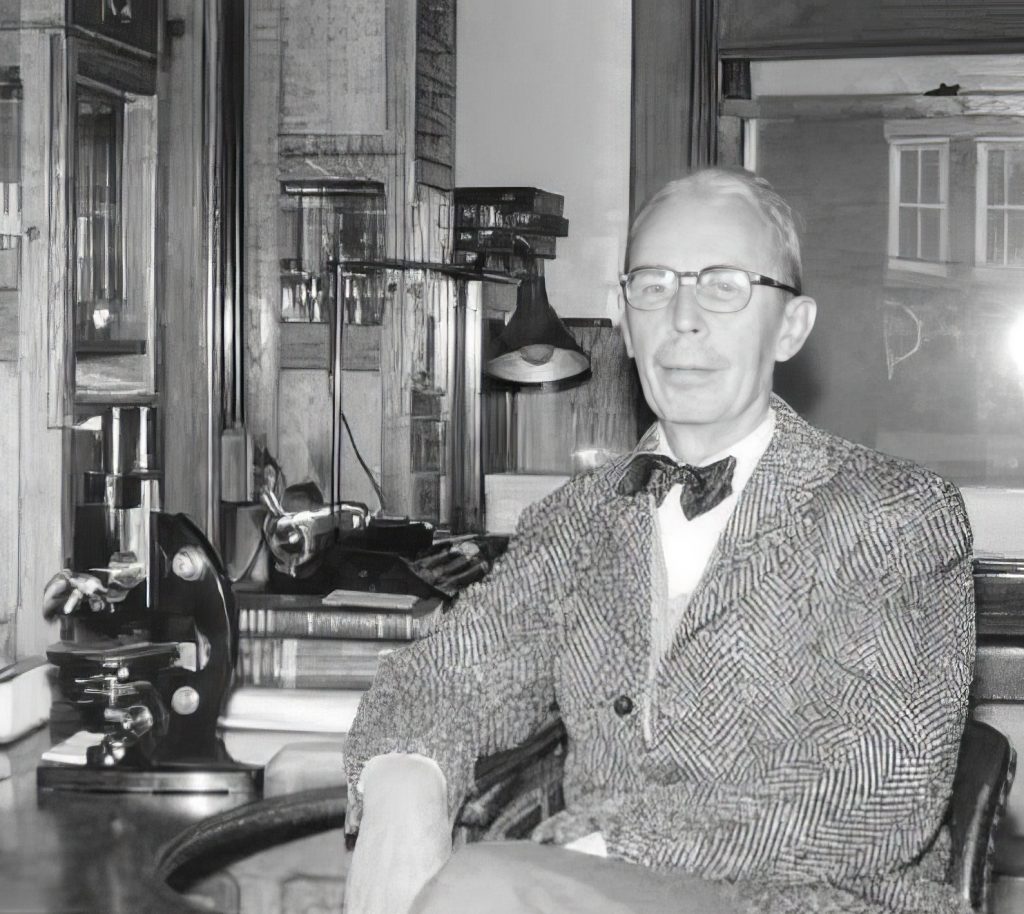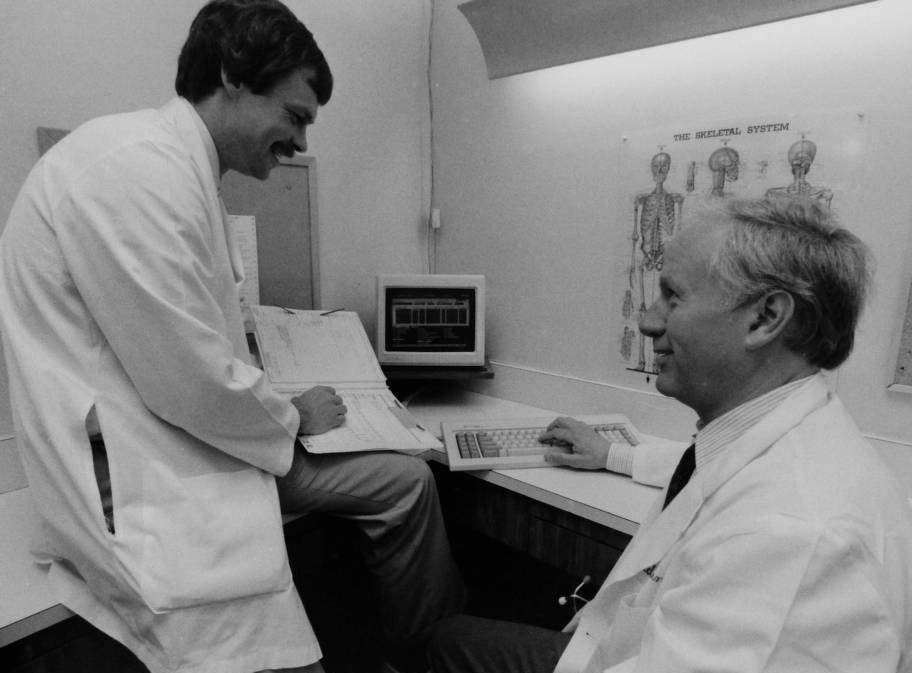In the late 1800s, Louis Pasteur and Robert Koch led successful efforts by European scientists to identify specific disease organisms, which laid the basis for further research in preventing and curing these diseases. In America, pharmacology was developing as experiments were conducted to determine the effects of specific drugs on cells. In Indianapolis, (Lilly), founded in 1876, joined these research efforts in 1886 with the hiring of the company’s first full-time chemist. Lilly introduced a new drug for treating venereal disease and invited hospitals to provide information on the drug’s effectiveness, marking initial efforts in clinical research.
(established in 1903) also conducted research early in its history, including studies by Dr. George Bond on electroencephalography and by Dr. on malaria treatment for syphilis. developed a test for syphilis. A laboratory for experimental surgery was established by Dr. .

In 1922, Lilly and University of Toronto scientists worked collaboratively to develop , which was soon in worldwide use for the treatment of diabetes. In 1926 the Lilly Laboratory for Clinical Research (now based at ) opened as a site for clinical testing of new drugs on patients in collaboration with major medical research institutions around the world. Lilly played a major role in the development and production of the first penicillin in the early 1940s and the Salk vaccine for polio in the mid-1950s.
After 1950, medical research in Indianapolis expanded to include a broad range of basic, clinical, and applied studies conducted in university, independent nonprofit, and corporate settings. External research funding at the Indiana University Medical Center grew rapidly; in fiscal year 1992 over $63 million in external funding, including grants and contracts, was awarded to the School of Medicine alone. New facilities completed at in the 1950s became the focus of major research on children’s diseases and disabilities, including innovative health care delivery methods. Specialized research centers were developed for cancer, arthritis, diabetes, psychiatry, hypertension, medical genetics, alcoholism, Alzheimer’s disease, general clinical research, and sexually transmitted diseases. The Krannert Institute of Cardiology, created in 1963, developed an international reputation for its cardiovascular research. The , founded in 1969, conducts research in improved treatment programs using industrial engineering and computer techniques. The Oral Health Research Institute was founded in 1971 at the School of Dentistry to conduct preventive research. In the 1970s, testicular cancer research at the IUMC resulted in increasing the cure rate to more than 90 percent for the once-deadly disease, while research on voice restoration in cancer patients led to the development of an internationally recognized voice prosthesis.

Department of Medical Research, founded in 1956, conducted studies leading to the development of an artificial kidney in 1966, one of the first of its kind in the country. Other research led to the first kidney transplant in Indiana in 1972, the first heart transplant in the country by a non-university hospital in 1982, the first clinical research on the lithotripter (kidney stone crusher) by an American hospital in 1984, and Indiana’s first artificial heart transplant in 1987.
Lilly developed the world’s first cephalosporin antibiotic in 1964, introducing a whole new class of drugs, and the world’s first pharmaceutical product based on recombinant DNA technology in 1982, its human insulin product. In recent years research at Lilly has focused on treatments for cancer, cardiovascular disease, central nervous system disorders, diabetes, pulmonary conditions, skeletal diseases, and infections. Lilly has also diversified its research efforts since the late 1970s to include the development of medical instruments and diagnostic products.
Medical research centers in Indianapolis developed rapidly in the 1970s and 1980s. The Indianapolis Center for Advanced Research, founded in 1972 as an independent nonprofit research center, conducts medical instrumentation research and is a national leader in ultrasonic research. The , founded in 1985, conducts basic, clinical, and patient care research in cancer through affiliations such as the Walther Oncology Center at the IUMC. The Biomechanics and Biomaterials Research Center, a recent collaborative effort by the schools of Medicine, , and Science at IU and the Purdue School of Engineering and Technology, conducts bone and biomaterials research, including experiments on a recent space shuttle flight. The Boehringer Mannheim Corporation (see ) began Indianapolis operations in 1974 and researches enzyme technology, proteins, and genetic engineering related to its production of chemical reagents and biochemicals for research use by universities and bioengineering firms. Cardiovascular Laser Systems, a subsidiary of Biomet, USA, which specializes in the research and development of medical lasers, and Marion Merrell Dow, which conducts pharmaceutical research, recently entered the Indianapolis market.
The work being done in the various settings combines to make Indianapolis a nationally important center for medical research. It also makes a very substantial contribution to the economy of central Indiana.
*Note: This entry is from the original print edition of the Encyclopedia of Indianapolis (1994). We are currently seeking an individual with knowledge of this topic to update this entry.

Help improve this entry
Contribute information, offer corrections, suggest images.
You can also recommend new entries related to this topic.